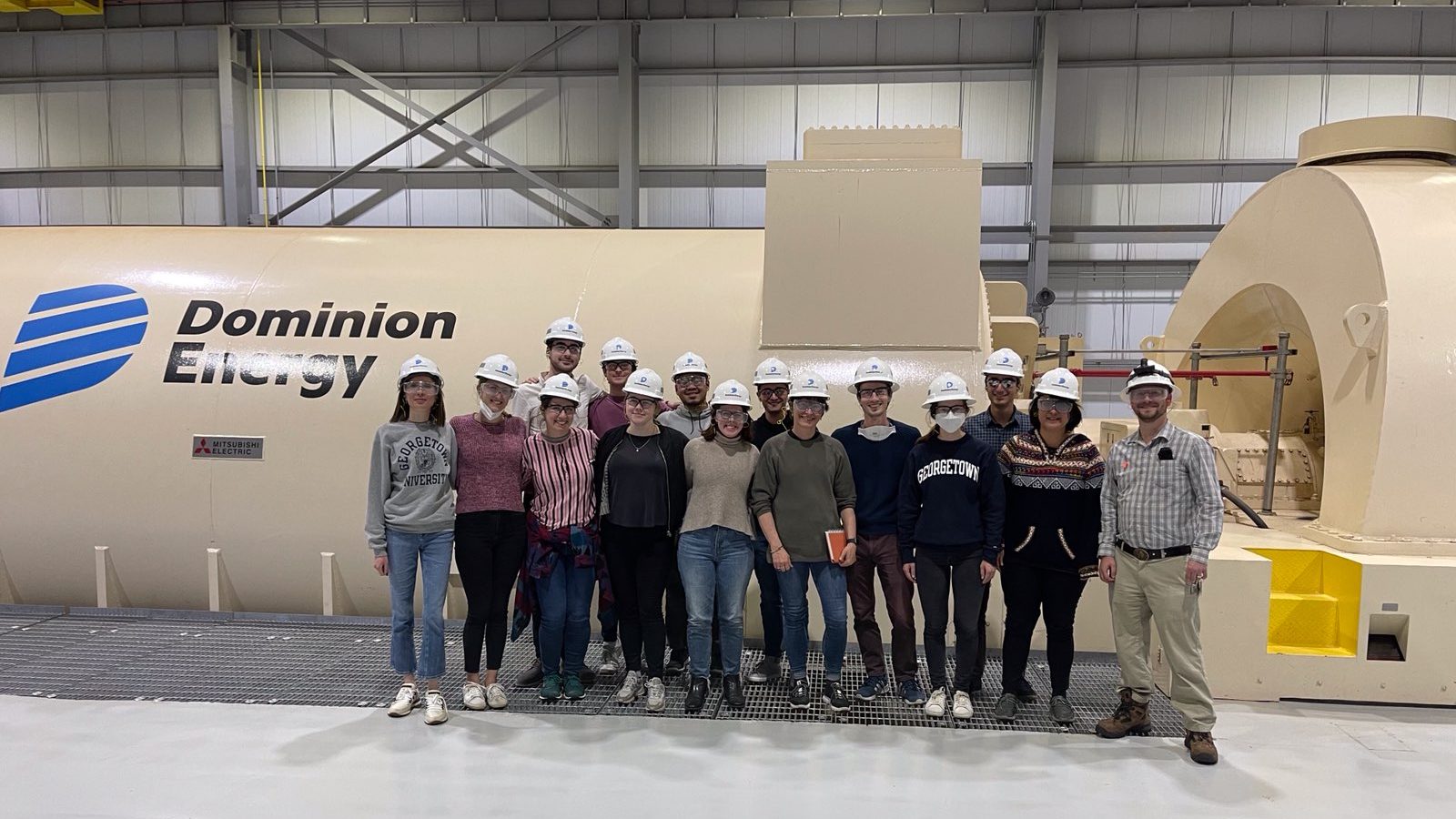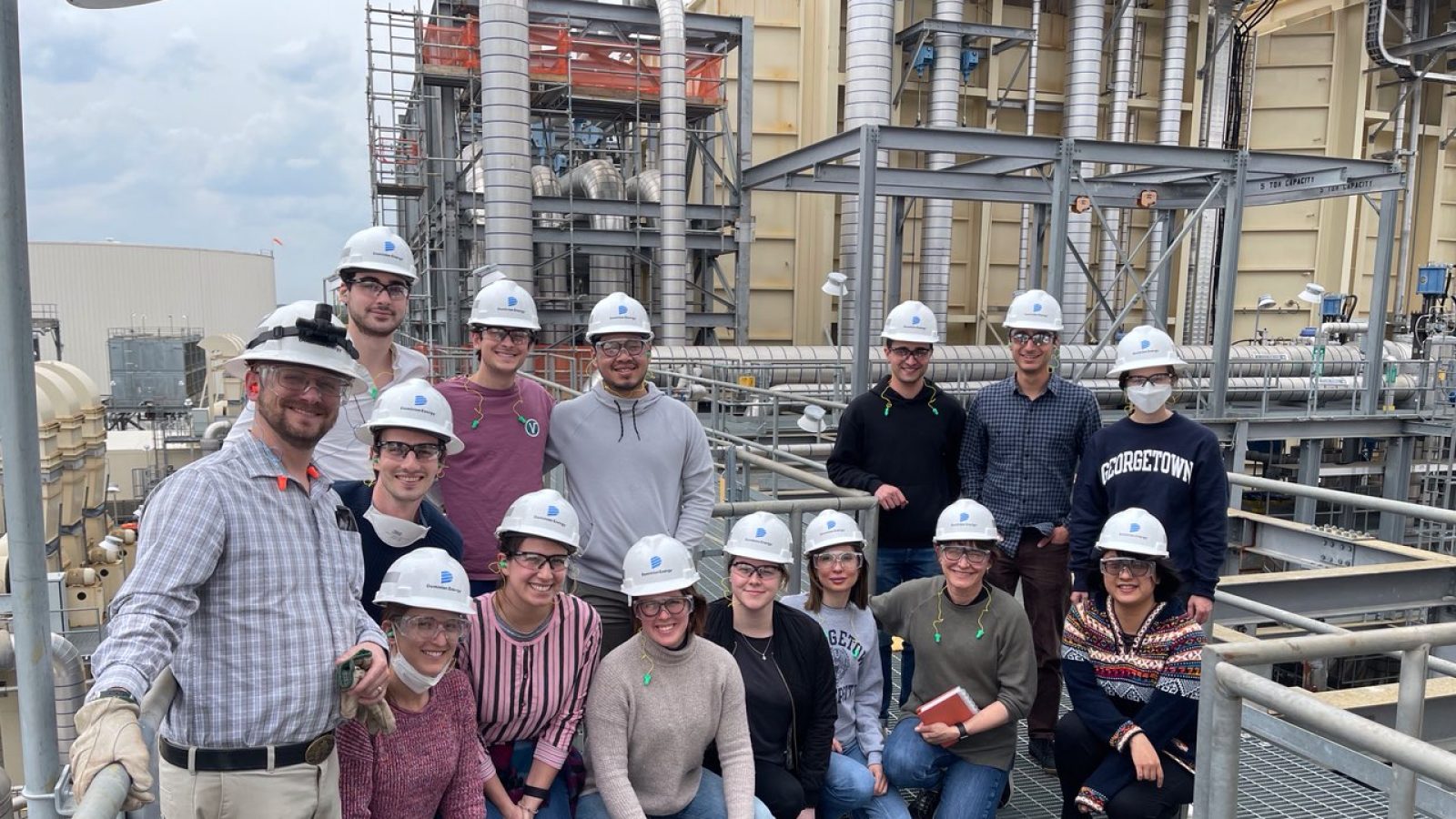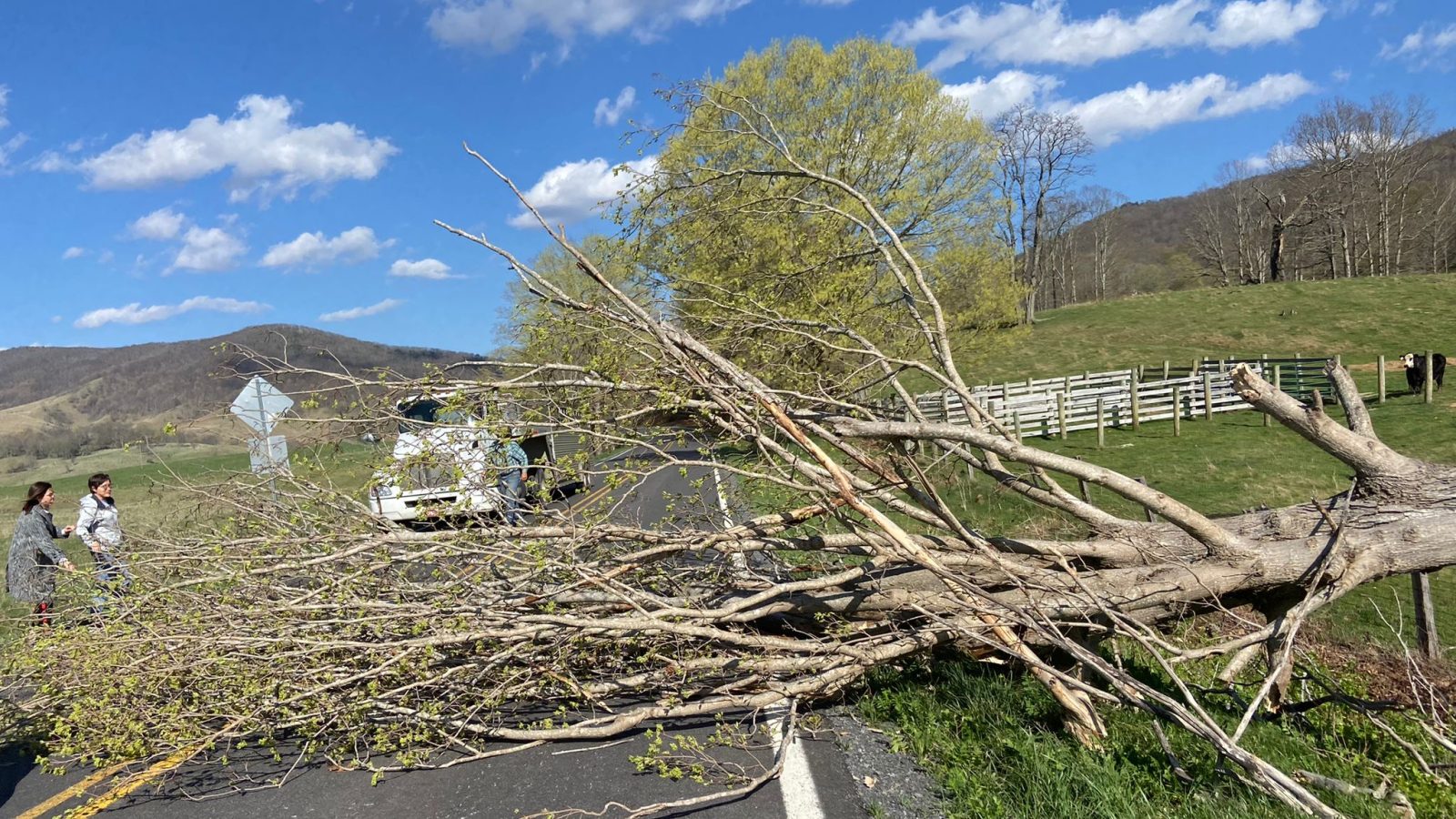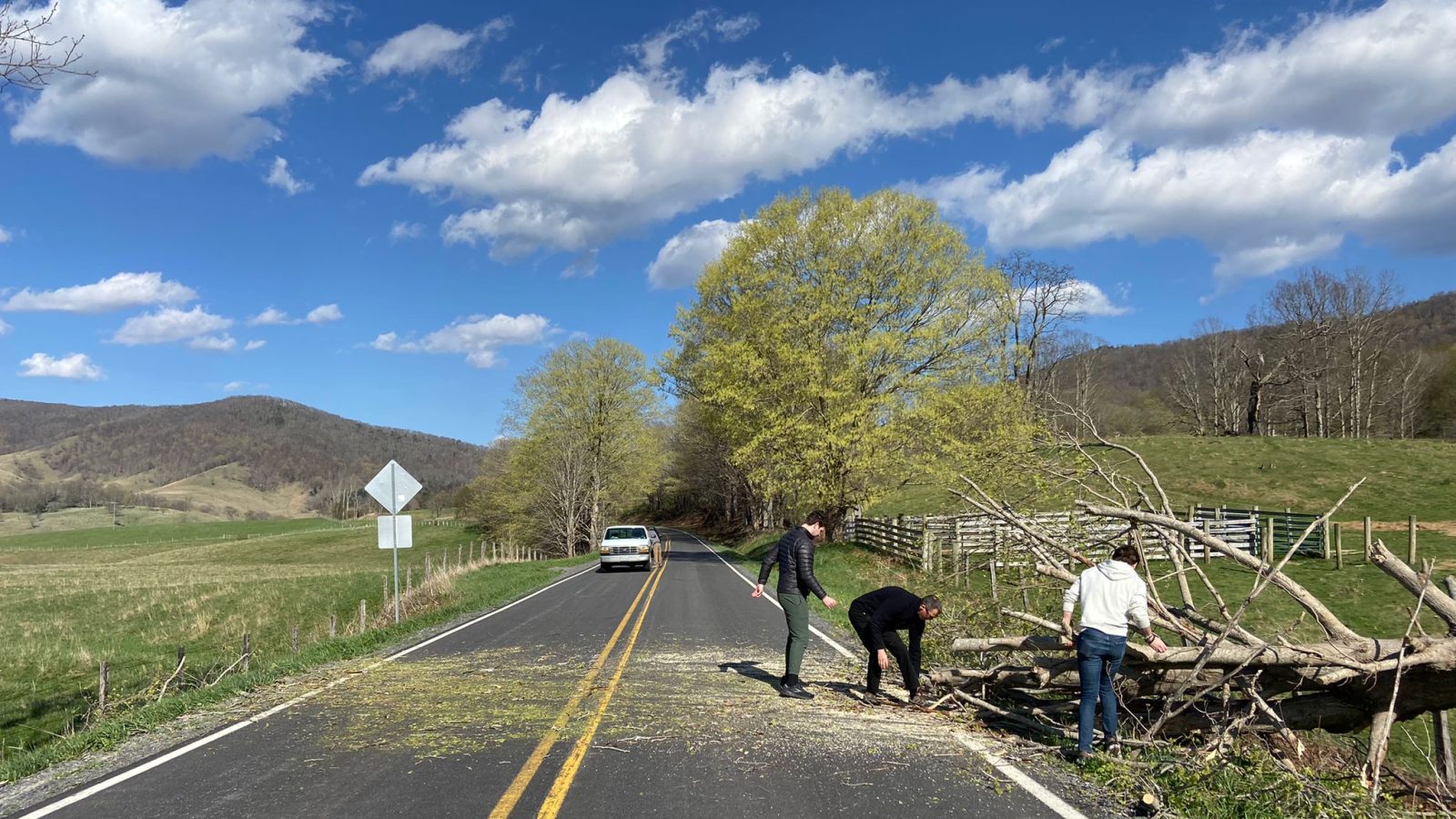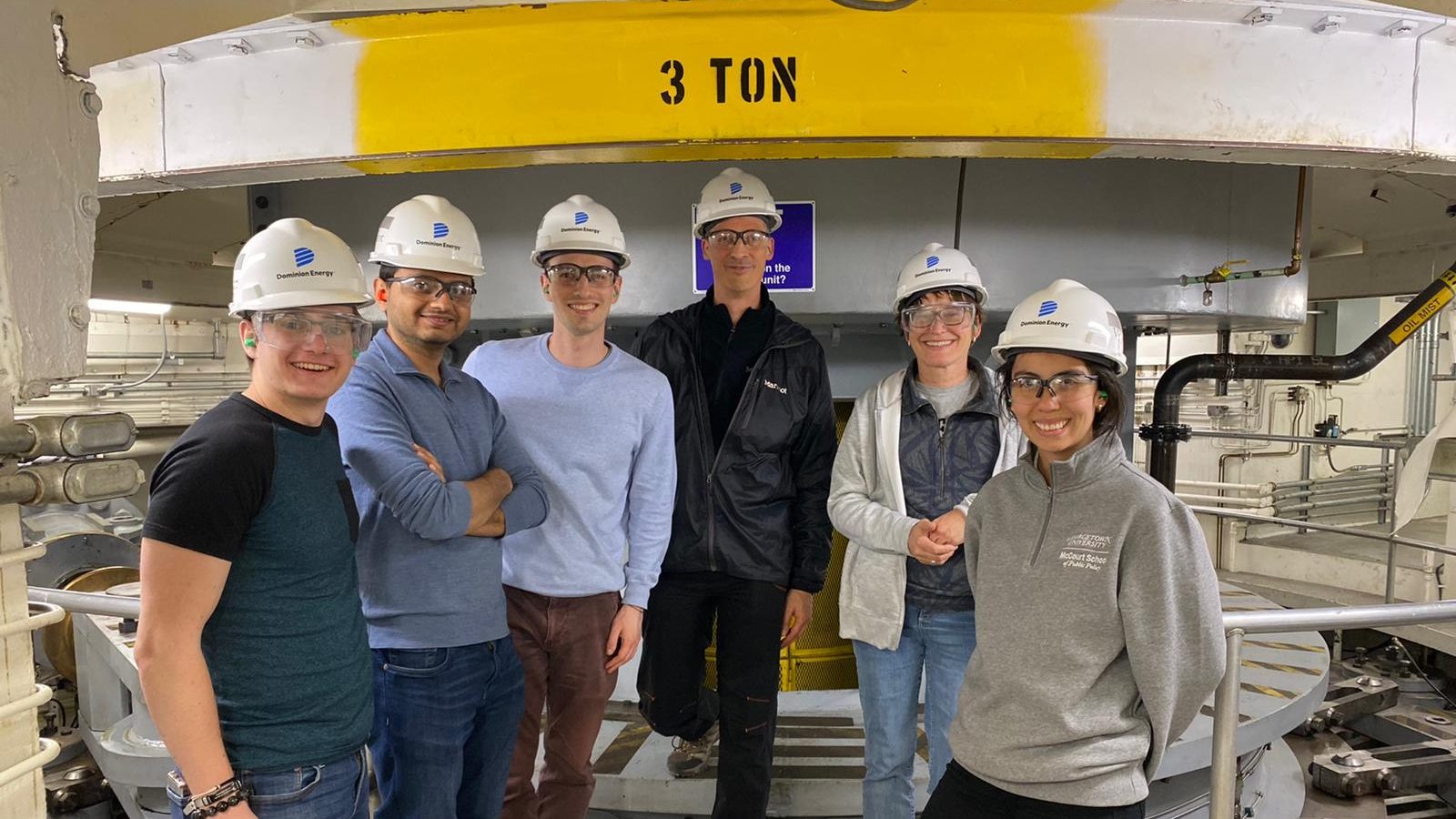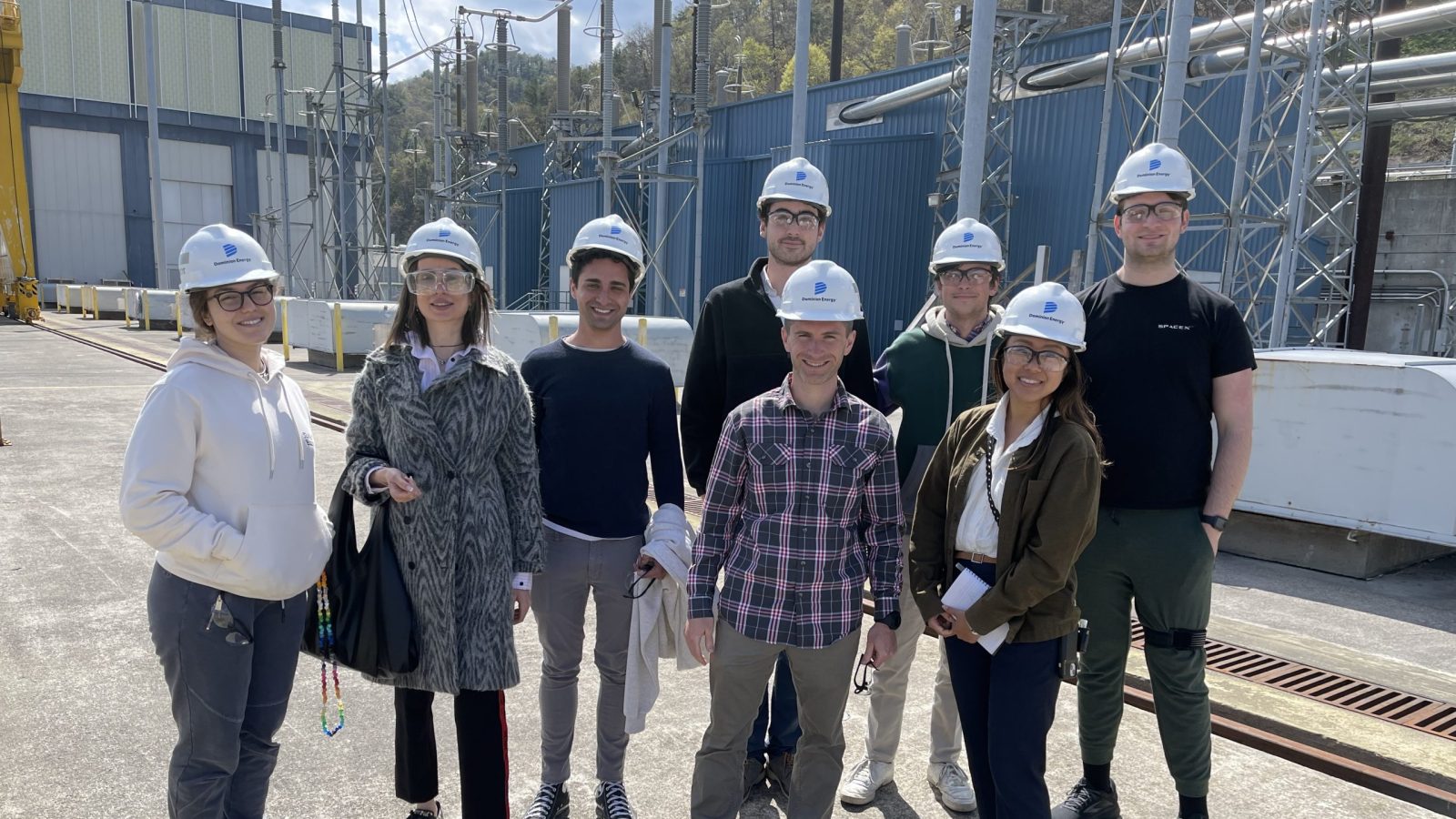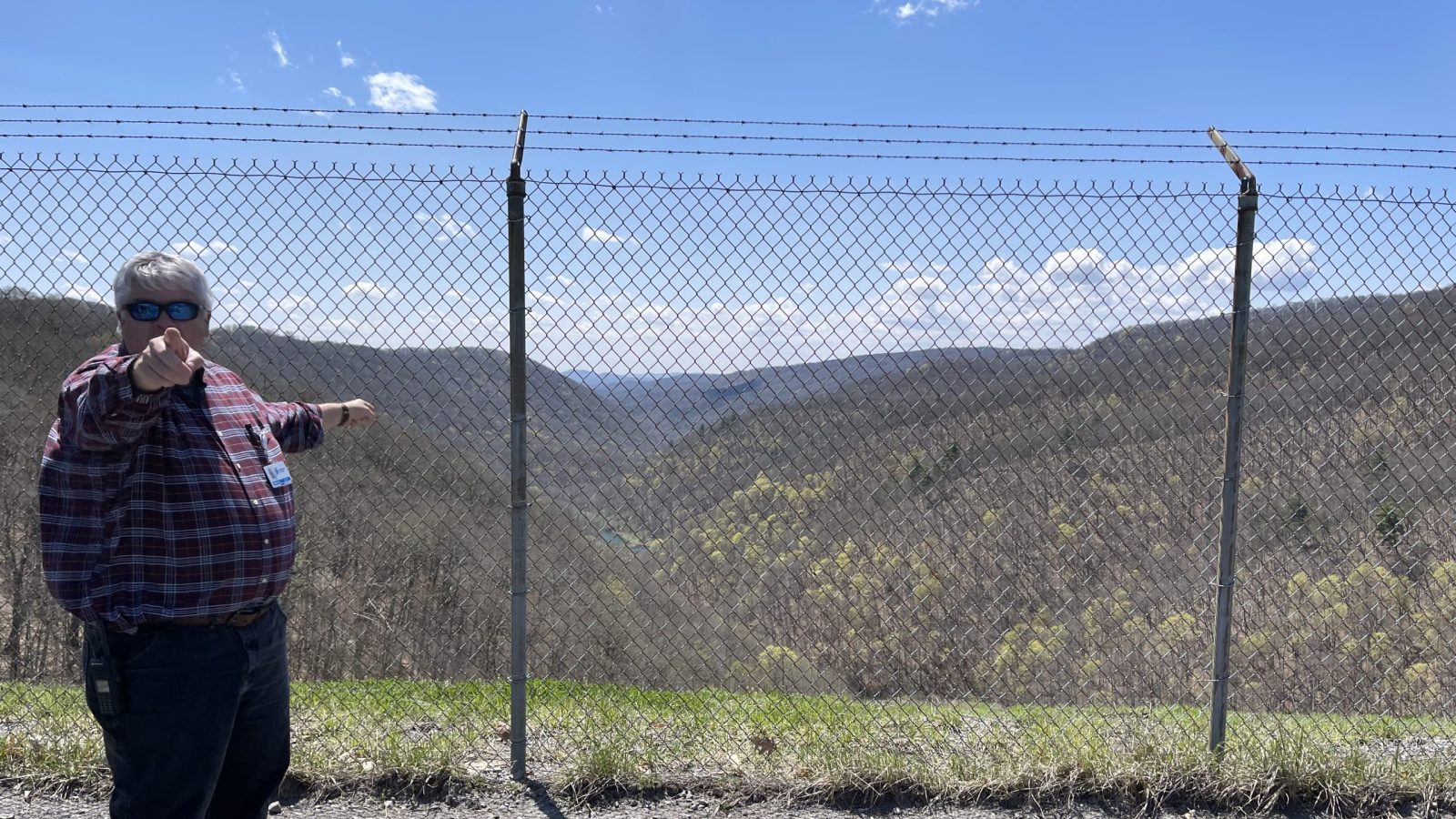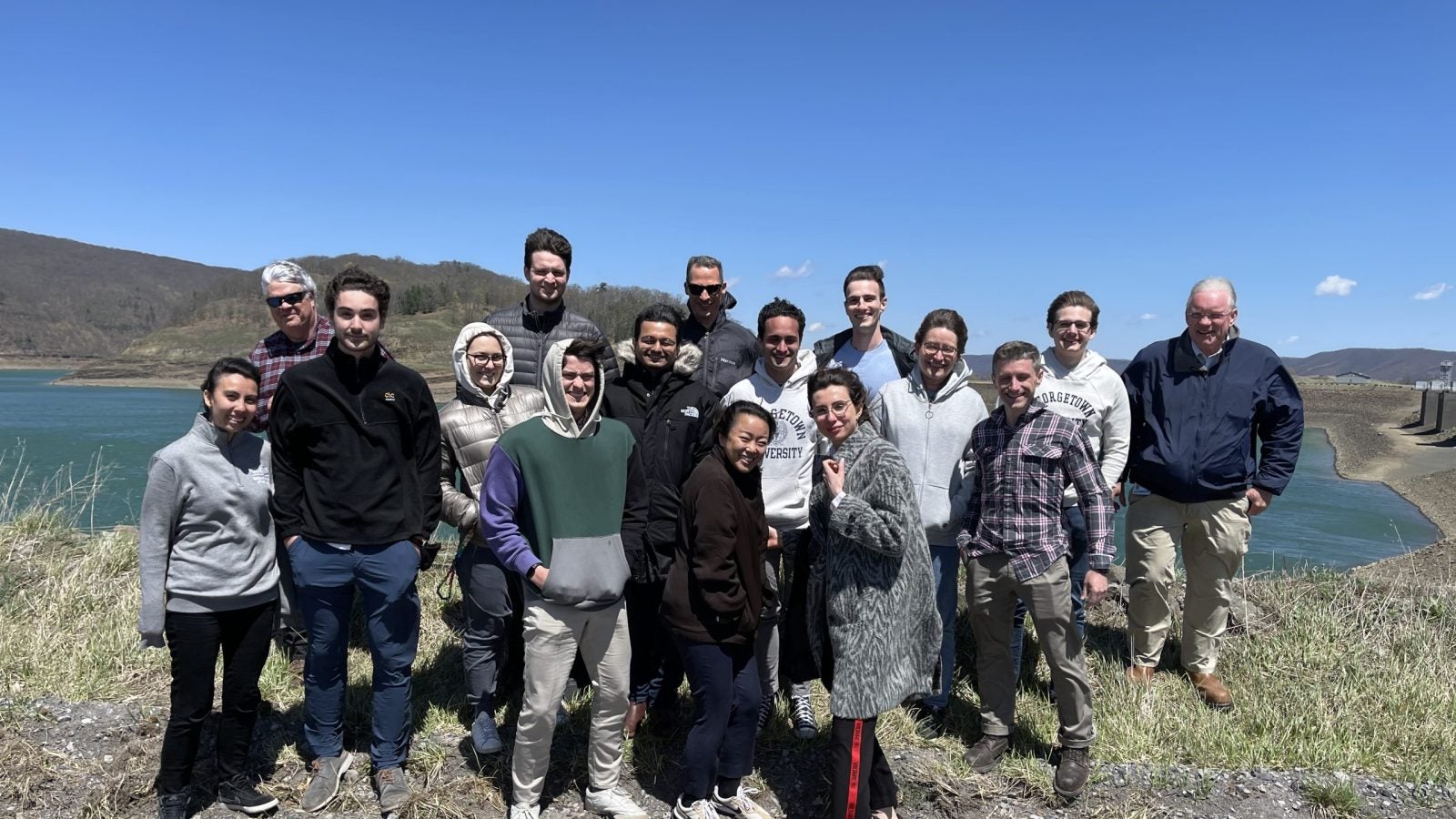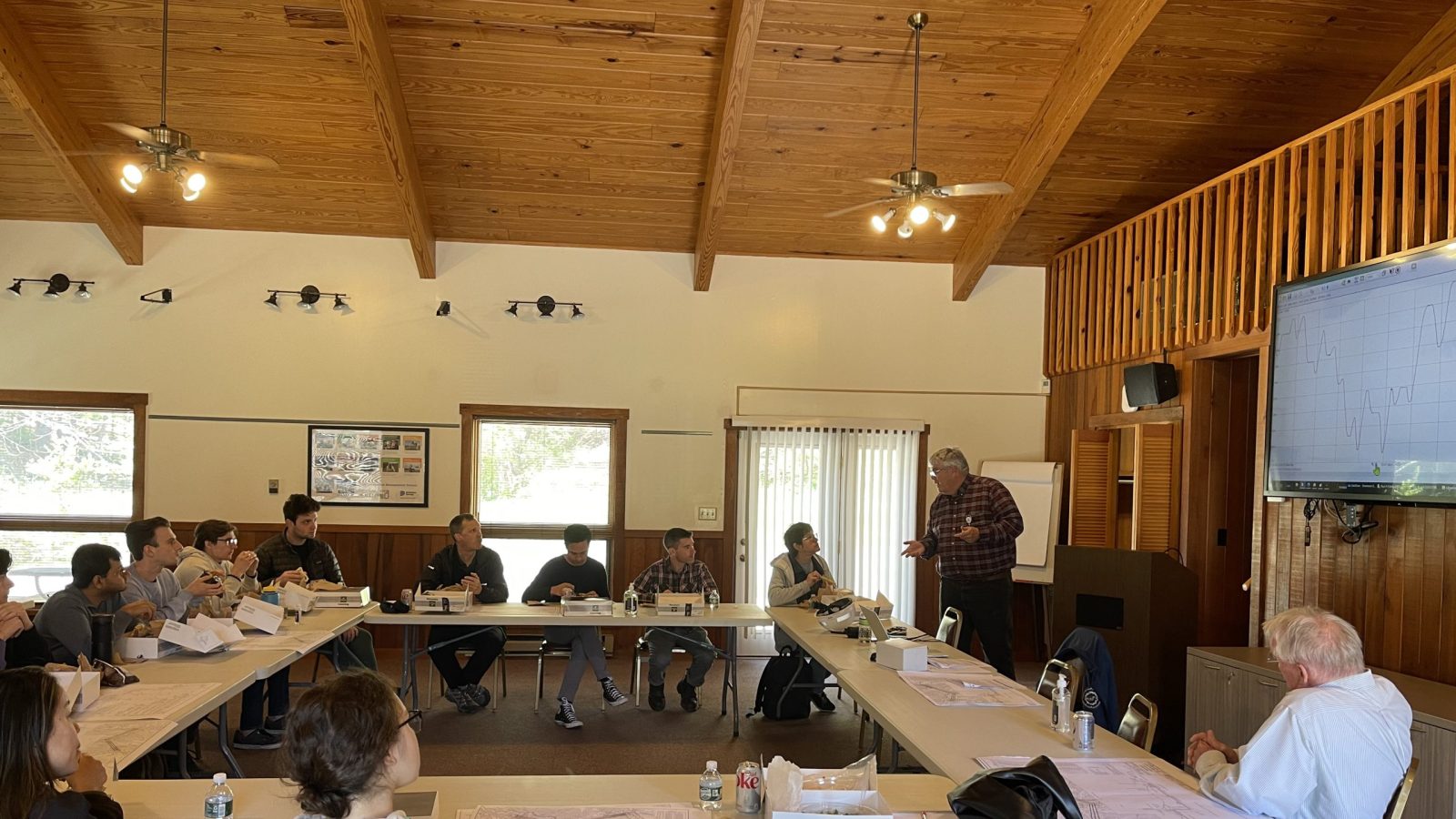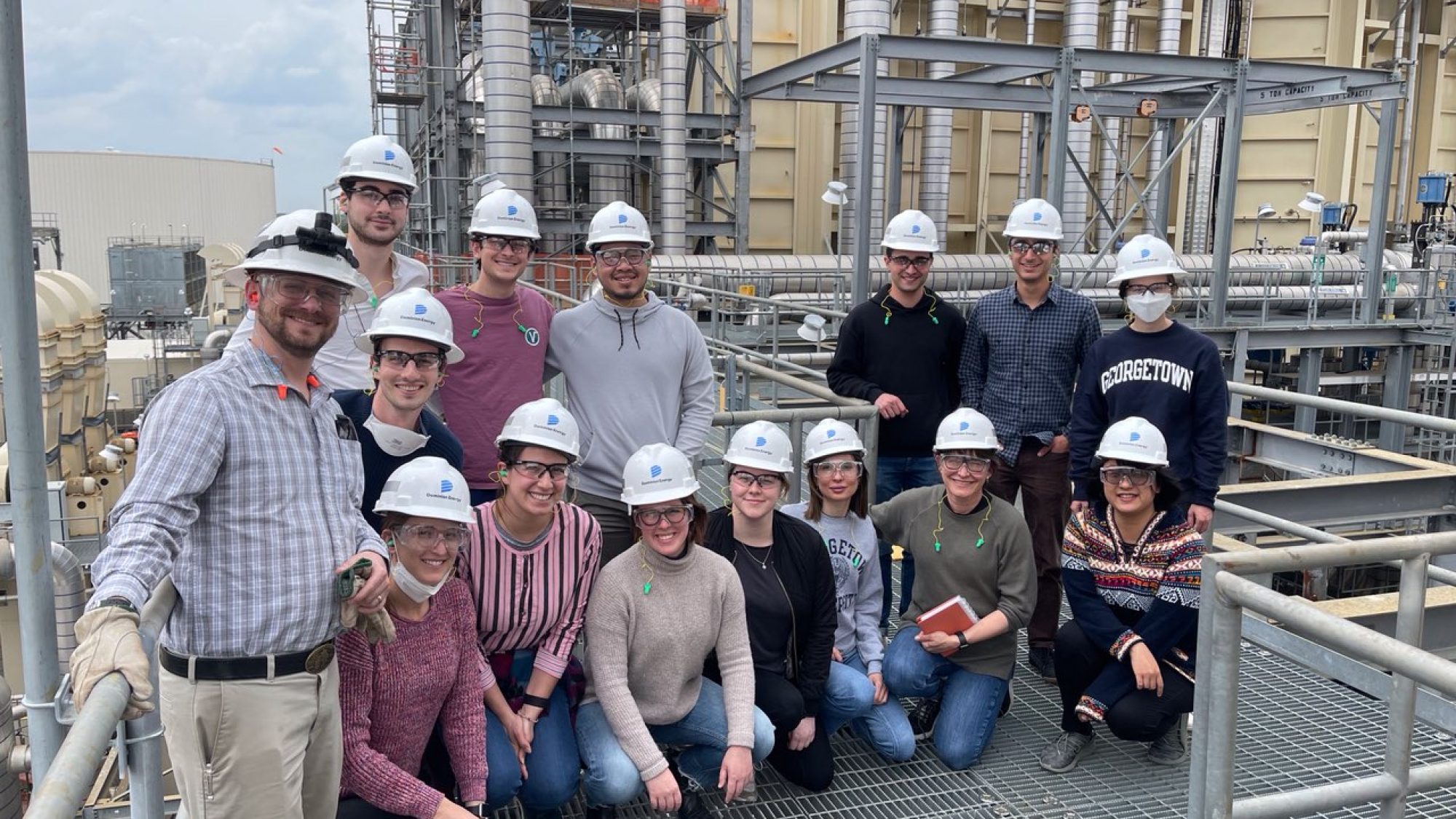
Title: Brunswick Combined Cycle Gas Power Plant & Bath County Hydroelectric Power Plant Visits
Carolina Andrada
Visiting the natural gas plant helped me reflect on how complex the energy sector is and how many different variables go into maintaining a strong and sustainable energy grid. I haven’t studied energy enough to have previously felt confident about discussing natural gas energy production but just with the couple of hours touring the facility and asking questions I feel like I have a solid grounding on the topic. I also understand more of why the transition to green energy can’t happen all at once, and why it’s important to pivot steadily but strategically using median strategies like natural gas facilities.
Sarah Hsieh
The visit to the Brunswick power plant broadened my horizon and enabled me to gain valuable experience to understand how the gas plant operates. As a policymaker, too often is the time that people only look into the paper document of policy analysis but fail to dig into the technologies and the organizations operating behind it. This field trip can best demonstrate the dialogue between social science and electricity technologies. Our cohorts have also raised many thought-provoking questions to the managers, thus providing an excellent opportunity for practitioners to reflect on their operational plans. Science policy with a solid understanding of the technologies matters to make a better decision for the people.
Tessa Ide
Our visit to the combined cycle gas power plant was immensely helpful in contextualizing what I have learned in my energy security class this semester. Seeing the structure of the power plant in person made it easier to understand what it takes to produce the electricity I use every day. As a result of this experience, I now feel more engaged with energy issues and more interested in exploring energy policy. Moreover, speaking with the power plant employees helped me understand the challenges and tensions that the energy sector is facing in the energy transition.
Ruslana Kochmar
Having a strong interest in the energy policies and power markets, I was looking for an opportunity to gain a hands-on view of the generating facilities. I have gathered a rudimentary academic grasp of the combined cycle power plant, which was adjusted to serve as the baseload of America’s electricity to replace the existing coal units. Yet, passing through three gas turbines and a steam-cooled unit that enables faster ramping and lower emissions, was a much different and awe-inspiring live experience.
It was incredible to see the inside of this gigantic, powerful facility that generates carbon-free electricity for more than 340,000 homes. The visit to Brunswick’s natural gas-fueled power station enhanced my understanding of grid reliability and the significance of real-time data delivery. Nowadays, technology serves as a strategic enabler that allows a variety of advanced power delivery solutions to emerge. After learning about the scope of comprehensive turbine maintenance on-site, I have outlined the precise work of engineers, who are faced with daily challenges of increasing the plant’s performance while lowering operating costs.
But what was most memorable was the control room, in which all learned technical pieces from the utility market class formed a complete energy puzzle. It was clear that the control room represented the vortex of all decisions concerning repair and outage services, replacement parts supply and remote monitoring of the turbines. The fragile safety of the whole energy system depends on the tracking and tough decisions made by the control room operator, who assumes the role of the conductor leading the “orchestra”.
There is no doubt that all students have witnessed the daily balancing pressure on engineers and chemists, who are pushed to identify possible risks and create instant solutions to kick in when power delivery problems emerge.
Sam Rowe
I learned in class about natural gas power plants: how they function and what their pros and cons are for the electric grid, the environment, etc. When studying the electric grid’s regulation and structure holistically, it is too easy to view individual power plants as mere machines to finance, build, turn on, and run indefinitely. In Brunswick County, I began to feel that power plants should be seen as something closer to incredibly skilled student theatre companies. For instance, the determination to operate as dynamically as possible, perhaps by running on only two or three gas turbines, presents as a classic show-must-go-on attitude that carefully balances manifold priorities (safety, immediacy, or grid stability, to name a few). The shocking revelation that daily shifts consist of 4 personnel while biannual planned outages require 16 hour workdays for up to 300 staff also resembles a classic theatre production cycle. The reality and importance of maintenance I witnessed highlighted what a theoretical concept like the need for reserve generation capacity really looks like in practice. Specific safety concerns that led to covering ceramic bushings in kevlar, opting to use aqueous ammonia, or scan USB sticks all expanded my view of how multidimensional and granular ‘energy security’ at the level of a power plant can be. Such an experience goes a long way towards dispelling my rather ‘mythic’ image of power plants as machines with on/off switches. Instead, I begin to appreciate the countless choices made daily by individuals that create and maintain sensitive, dynamic systems while almost never leaving the stage or stopping the performance. Exploring the demanding and human jobs involved in these mechanical systems now starts to give me a whole new lens to contrast different energy sources. I hope to refine that lens soon on our next trip!
Joseph Sax
I am grateful to have had the opportunity to visit the Brunswick County Power Station. I am interested in energy mostly due to my broader focus on infrastructure in developing countries, and the experience of seeing a large, well-run, high-tech facility with my own eyes will inform my future work on infrastructure. Every activity on the trip – from posing questions to the friendly and forthcoming plant engineers, to the visceral experience of seeing the huge facility running from the inside, was fascinating, and illuminating. The experience will inform my work on energy and infrastructure for the rest of my career.
Sam Pearl Schwartz
It’s very easy to get bogged down in the high levels of energy policy at an international affairs school. It was both interesting and helpful to visit the Brunswick power plant and see on a small scale how we produce electricity and the role of a CCNG plant in maintaining grid stability and reliability.
